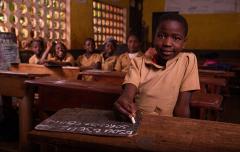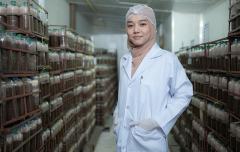Efficiency opportunities in Thailand’s dairy cold chain
Thailand’s dairy industry has evolved into a dynamic and steadily expanding sector, positioning the country as the leading producer and exporter of dairy products within the ASEAN region. Its growth is underpinned by strong domestic demand—reaching around 1.2 million tonnes in 2022—alongside export volumes of roughly 300,000 tonnes each year.
A central driver of domestic consumption is the national School Milk Program, established in 1992, which provides free pasteurised and UHT milk to approximately 34,000 public schools nationwide. The programme accounts for more than 30 percent of total milk demand. Pasteurised milk is supplied during the school term, while UHT milk is distributed during holidays. All milk for the programme must come exclusively from domestic raw milk, produced by roughly 17,000 dairy farms ranging from small family-run operations to large commercial enterprises. Once collected, raw milk is processed in 75 facilities, most of which are located in the central and northern regions.
This report examines the structure of the dairy industry, maps current cooling technologies and practices across the supply chain, and evaluates energy consumption patterns to determine where efficiency improvements can deliver the greatest impact.
The analysis identified significant opportunities to enhance energy efficiency, reducing the sector’s overall energy consumption and greenhouse gas emissions. The findings highlight the potential for savings of up to 30 percent in pasteurised milk processing through the adoption of best practices and the integration of rooftop solar PV. They also underscore the need to transition both raw milk and school milk distribution fleets to electric trucks, which would substantially cut diesel use across the supply chain.
To fully realise these technical benefits, the study outlines a strategic path forward centred on consolidating fragmented cold chain data currently dispersed across multiple agencies, ensuring that the cold chain is properly recognised within national and sub-sectoral policies, and strengthening the measurement of dairy product loss and waste. Advancing these areas in a coordinated manner will be essential to guiding Thailand’s dairy industry toward a low-carbon, resilient, and competitive future.




